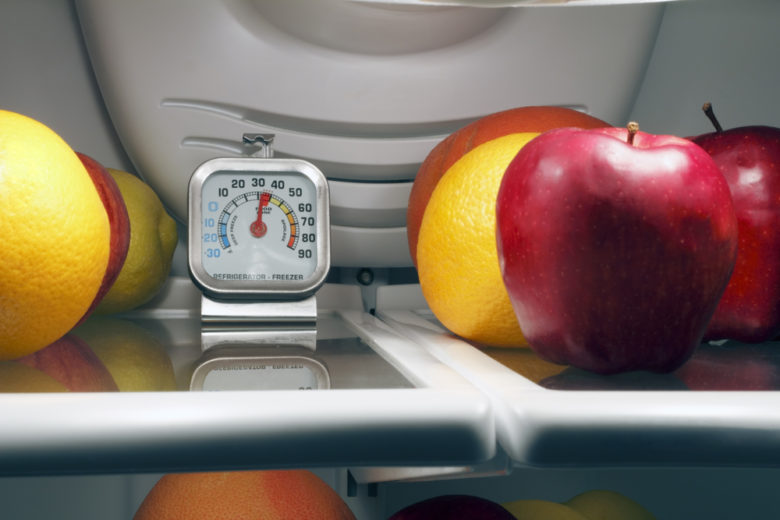
When it comes to keeping your family safe from food poisoning, the refrigerator is an essential kitchen tool. Yet many Americans don’t know at what temperature their fridge should be set – placing the safety of food in the fridge at risk. Does your refrigerator have a fever?
Your refrigerator should be set at or below 40°F because that is the temperature cold enough to slow the growth of harmful bacteria. However, you don’t want your refrigerator to be too cold where your lettuce and eggs are frozen, so keep the temperature close to but below 40°F.
Three tips to keep your refrigerator at this ideal temperature:
- Use a refrigerator thermometer. Most refrigerators have a built-in thermometer or you can purchase one at most grocery or hardware stores. Set the thermometer in the center of the middle shelf (not on the door) and keep it inside at all times. Most importantly, check the temperature regularly to be sure your food is stored safely below 40°F.
- Don’t leave the door open. It can be tempting to leave the door open as you run back and forth grabbing all the ingredients for your recipe. This can raise the refrigerator temperature, so be sure to close the refrigerator door after each trip.
- Avoid over-packing. Cold air needs to circulate around the refrigerator to keep foods properly chilled, and a heavily packed refrigerator can make this difficult.
